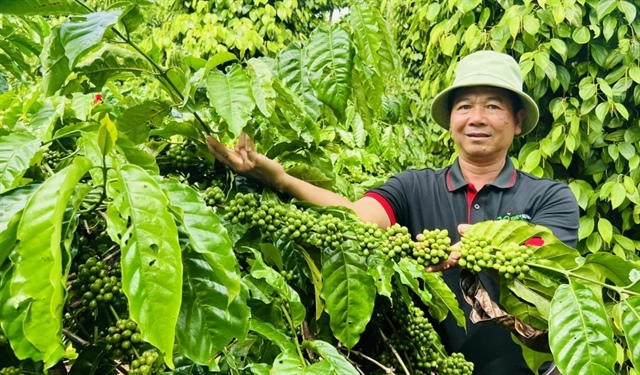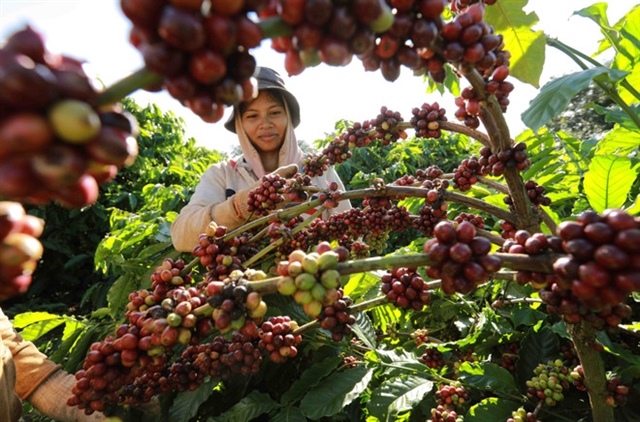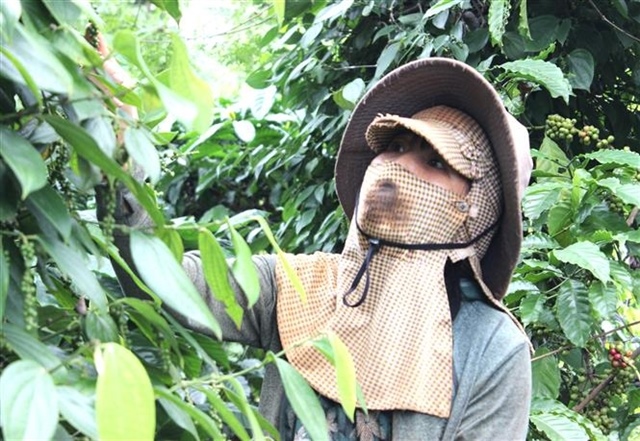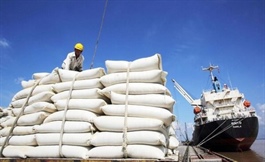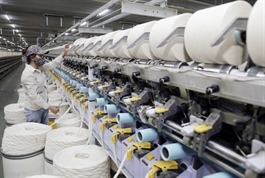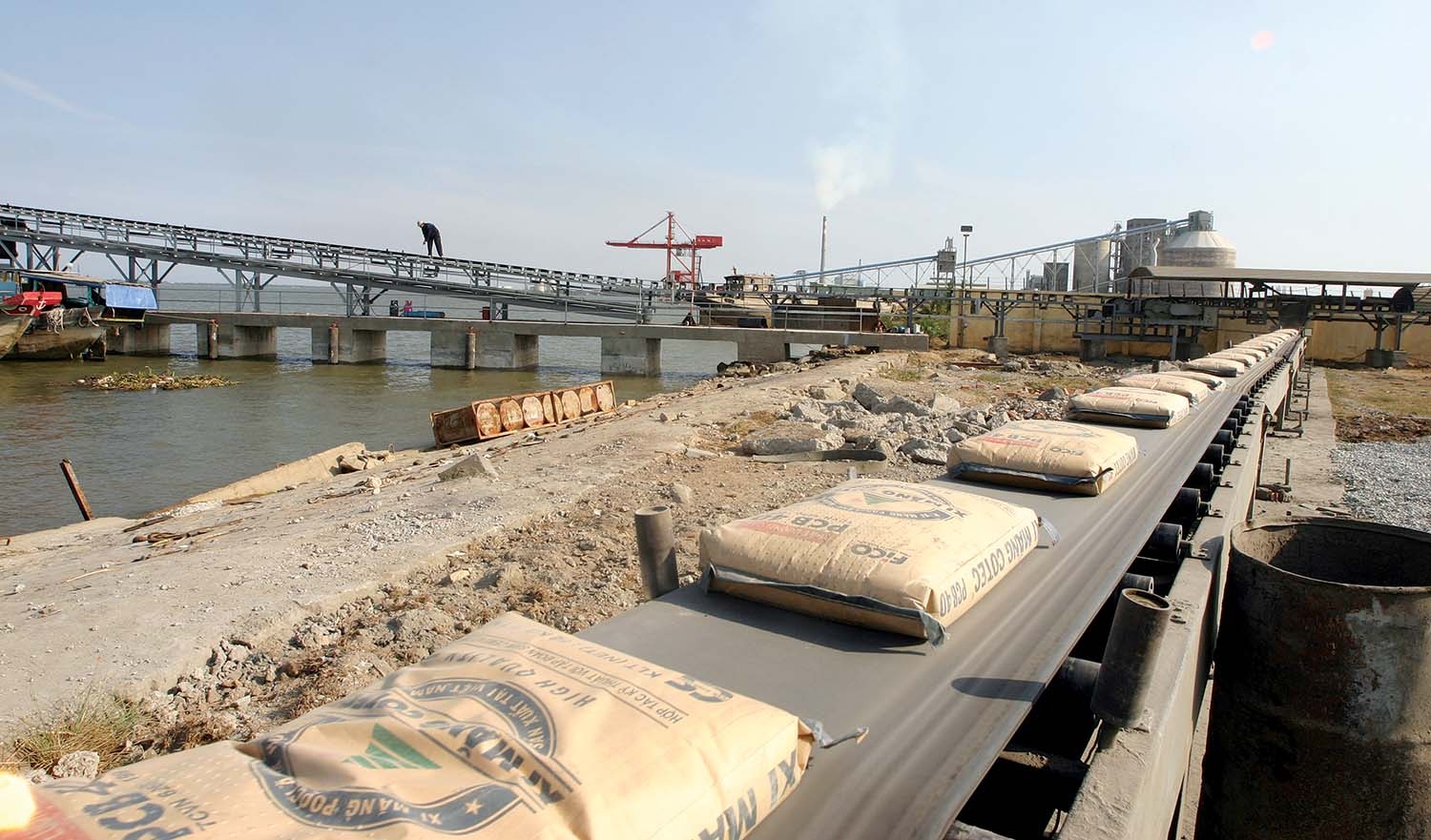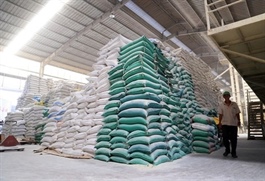Vietnam’s leather-footwear sector should go green for better competitiveness: int’l workshop
Vietnam’s leather-footwear sector should go green for better competitiveness: int’l workshop
Green transformation for sustainable development is a global trend that Vietnam’s leather and footwear industry must follow to enhance their competitive edge and attract more clients since China, the 'world’s factory,’ is no longer as strong as before, entrepreneurs have commented.
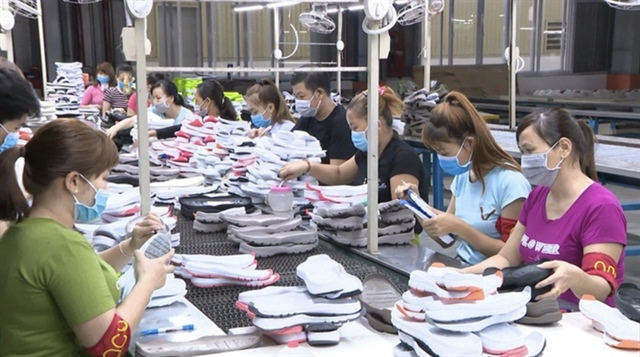
Workers make footwear for export at a factory in Vietnam. Photo: T.V.N. / Tuoi Tre |
Many representatives of enterprises made such a comment while attending the 2024 International Footwear Conference hosted by the Vietnam Leather, Footwear, and Handbag Association (LEFASO) in Ho Chi Minh City on Tuesday, attracting about 300 delegates from many countries in the world.
Tran Anh Tuan, representative of Vien Thinh Shoes Company Limited in southern Long An Province, said China is not as strong as it was before, as many manufacturers are looking to move away from China to protect their supply chains from political, policy, and economic risks resulting from global geopolitical conditions that can undergo unpredictable changes.
“In 2023, one of our European partners shifted 20 percent of their production from China to Vietnam and they have planned to do the same this year with a ratio of 10 percent,” Tuan told Tuoi Tre (Youth) newspaper.
Similarly, an American partner of Vien Thinh also intends to shift the making of about one million pairs of shoes from China to Vietnam this year, Tuan added.
However, it is not easy to become a supplier to foreign firms, Tuan said, explaining that Vien Thinh has to not only meet their requirements on prices and quality but also comply with a series of criteria on green transformation, environmental protection, and sustainable development, among others, the representative said.
In return, foreign partners offer Vien Thinh some preferences, including paying the company for 80 percent of the goods sold upon delivery and the rest 90 days later.
Many delegates agreed that green transformation will be expensive but necessary.
They believe it will lead to sustainable investment and create opportunities for Vietnam and other countries to improve their competitiveness and attract more customers, especially since China is no longer as dominant as it once was.
A delegate from the Taiwanese Footwear Manufacturers Association told the conference that customers now prioritize green transformation and sustainable development, in addition to low labor costs, which used to be the main requirement.
“Sustainable development is not only a requirement but also an opportunity for leather and footwear businesses in Vietnam to enhance brand value and compete in the international market," the delegate said.
“By investing in and applying sustainable measures early, businesses can cope with rising costs while benefiting both the environment and society in the long term."
Speaking at the conference, Phan Thi Thang, Deputy Minister of Industry and Trade, emphasized that the 'go green' trend around the world increasingly imposes more demanding requirements on businesses, especially exporters.
“We must implement green transformation toward a circular economy and sustainable development or we will be left behind,” she commented.
“Footwear businesses should join the Fourth Industrial Revolution, applying automatic production lines, artificial intelligence, and green development if they do not want to be excluded from the global supply chain,” Nguyen Duc Thuan, chairman of LEFASO.
Vietnam raked in US$6.5 billion from leather and footwear exports in the first six months of 2024, registering an increase of 5.7 percent year on year, LEFASO said, forecasting that the export earnings for the whole year may reach up to $27 billion.
The country currently ranks third in the world for leather and footwear production, following China and India. It is second only to China in export turnover for these items.


